Talent discoverer and friend of painters like his father Jean Bouret had been, Alain and his wife Katherine received many of them in their house in Sceaux. They settled in the 80s at 12, rue de Tournon where the picture rails vibrate with all the artists who surrounded them and come to enrich the ensemble bequeathed to them by Jean.
Among the faithful are Pierre Alechinsky, Arman, Jean-François Bory, Pol Bury, Antoni Clavé. Here are some key pieces from the collection such as Le Cycliste by Jean Dubuffet, Work n°92 by Günter Förg or the 1952 Landscape by Nicolas de Staël, offered by Françoise de Staël to Alain in gratitude for the publication of the Catalog Raisonné of Works on Paper by Nicolas de Stael. Ten years after Alain's death, his wife Katherine and their daughter Sophie are turning a page by leaving rue de Tournon, offering each buyer a share of the passion that drove them.
XVIII oil on panel probably representing Saint Francis receiving the stigmata -
- Traces of stamp and corporate symbols on the reverse, restorations - 64 x 50 cm
- Incredible freshness of the primary colors for this oil on panel - Cross composition: Francis of Assisi in the center, Christ on the cross on the right, an apostle reading on the left and at these feet the Bible resting on a skull –
Our composition is reversed compared to that of Giotto, which places the church at the bottom right – Significance of the writing of the texts for this oil, of the symbolism of the two crosses –
- Born in Assisi in Italy, in 1181, hence the name “Francis of Assisi“, François comes from a family of wealthy drapers. He lives various experiences: parties, escapades and even the war during which he is taken prisoner and suffers from illness.
During his convalescence, he feels a deep dissatisfaction with life. He searches, he looks around him but he remains unanswered… Listening to a passage from the Gospel, an answer comes to him: spend his life loving all of creation. He transforms his life, makes himself poor, cares about announcing the messages of joy, hope and love contained in the Bible. He dresses in a gray garment and girds his waist with a cord. He thus wears the clothing of the poor of his time.
Promotion of solidarity with the poor, the destitute, the marginalized. He denounces injustices and opposes any appropriation. It is in prayer that he finds all his strength to love and to help others. At the end of his life, he wrote what is called the “Canticle of Brother Sun” which is the culmination of his teachings on the respect and love that all humans must bear towards all of God's creatures. It thus joins the concerns of those who care about the defense of nature, animals and the environment.
This is also why, in 1979, he was proclaimed “patron of ecologists”. After his death, the Church recognizes him as “holy”, that is to say as a man whose virtues can be an example for all: amiable, peaceful, pious, humble, fraternal, just. Since the 13th century, thousands of men and women (the Franciscan family) have followed in his footsteps –



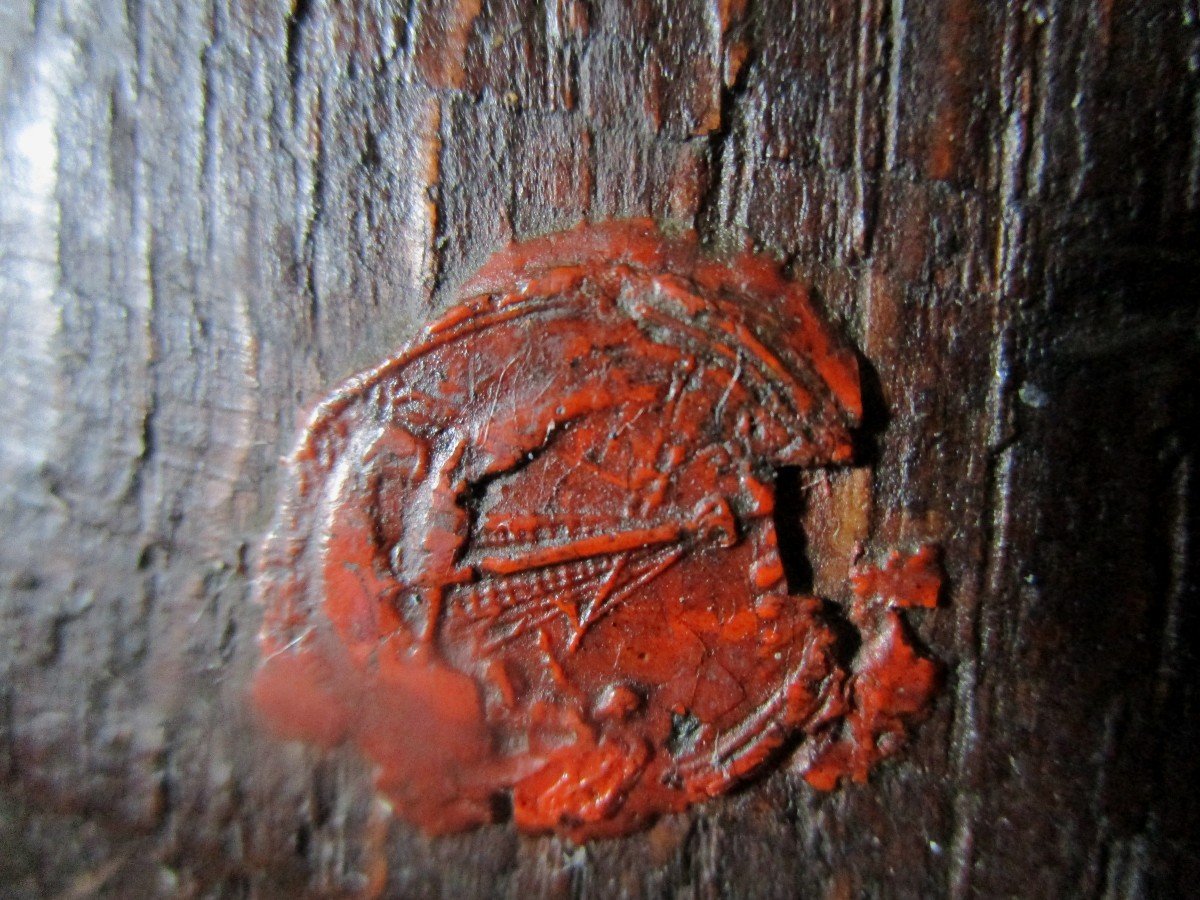



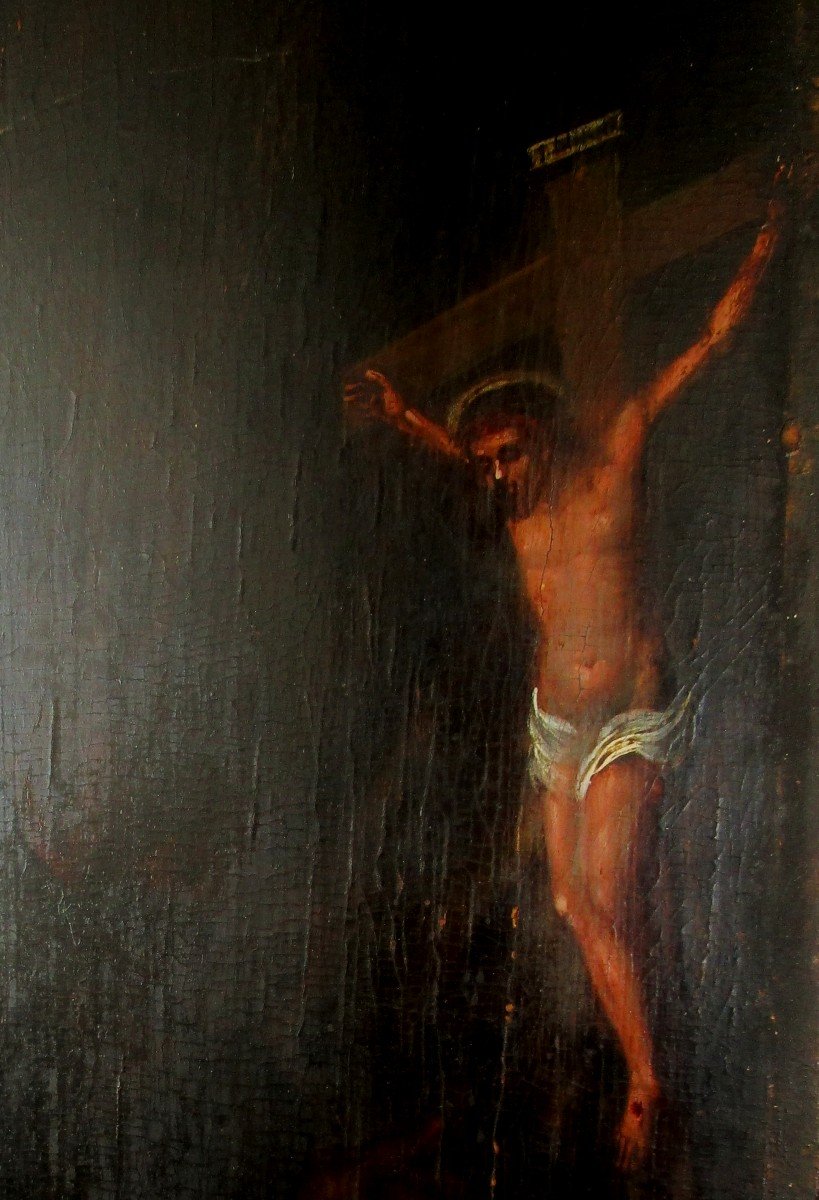

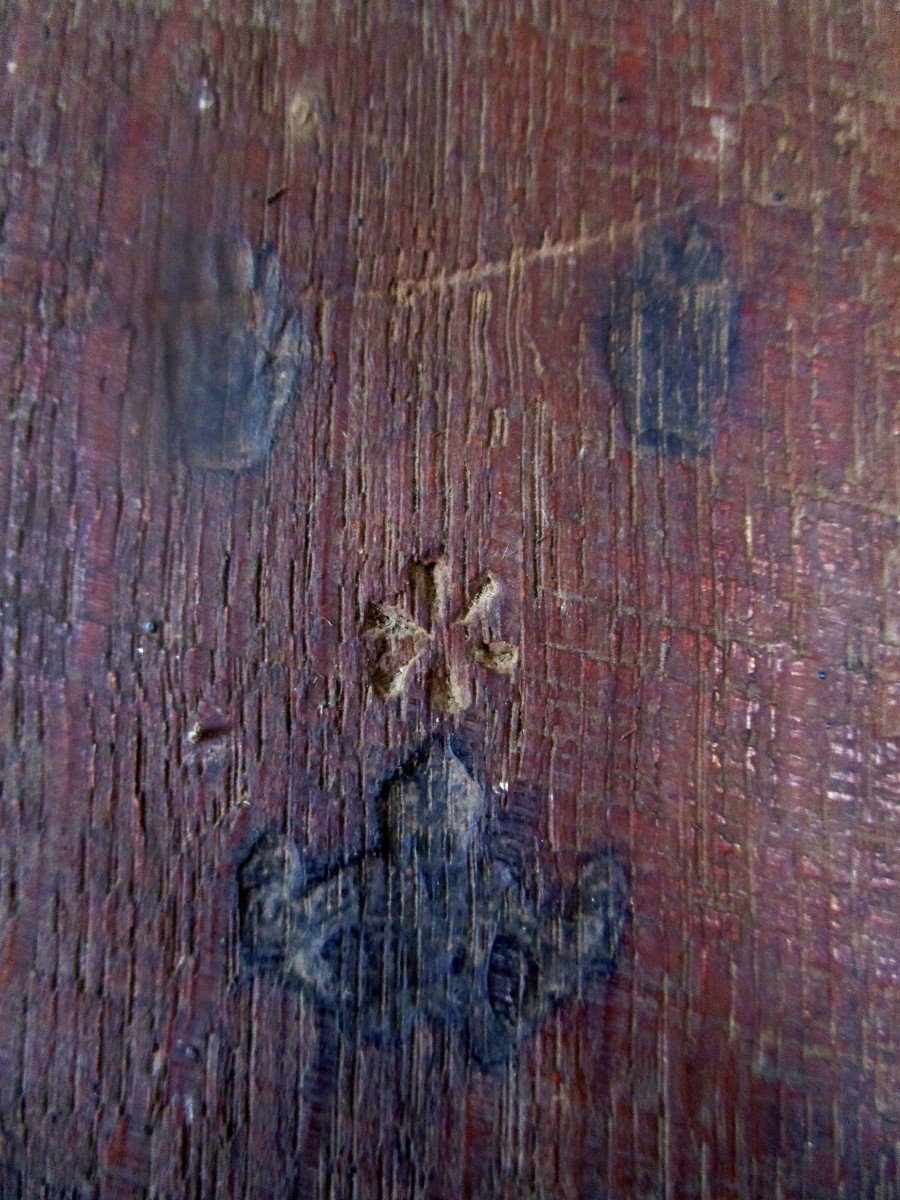
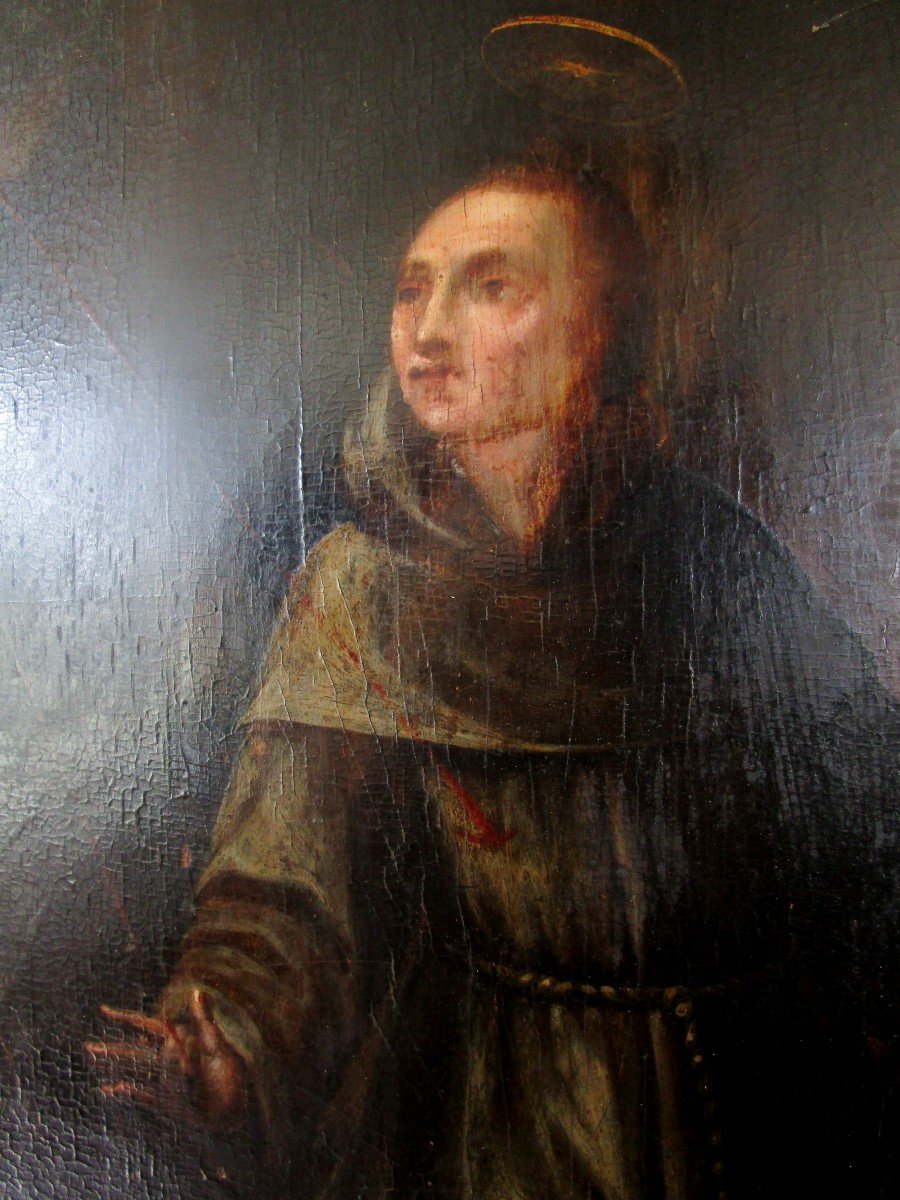
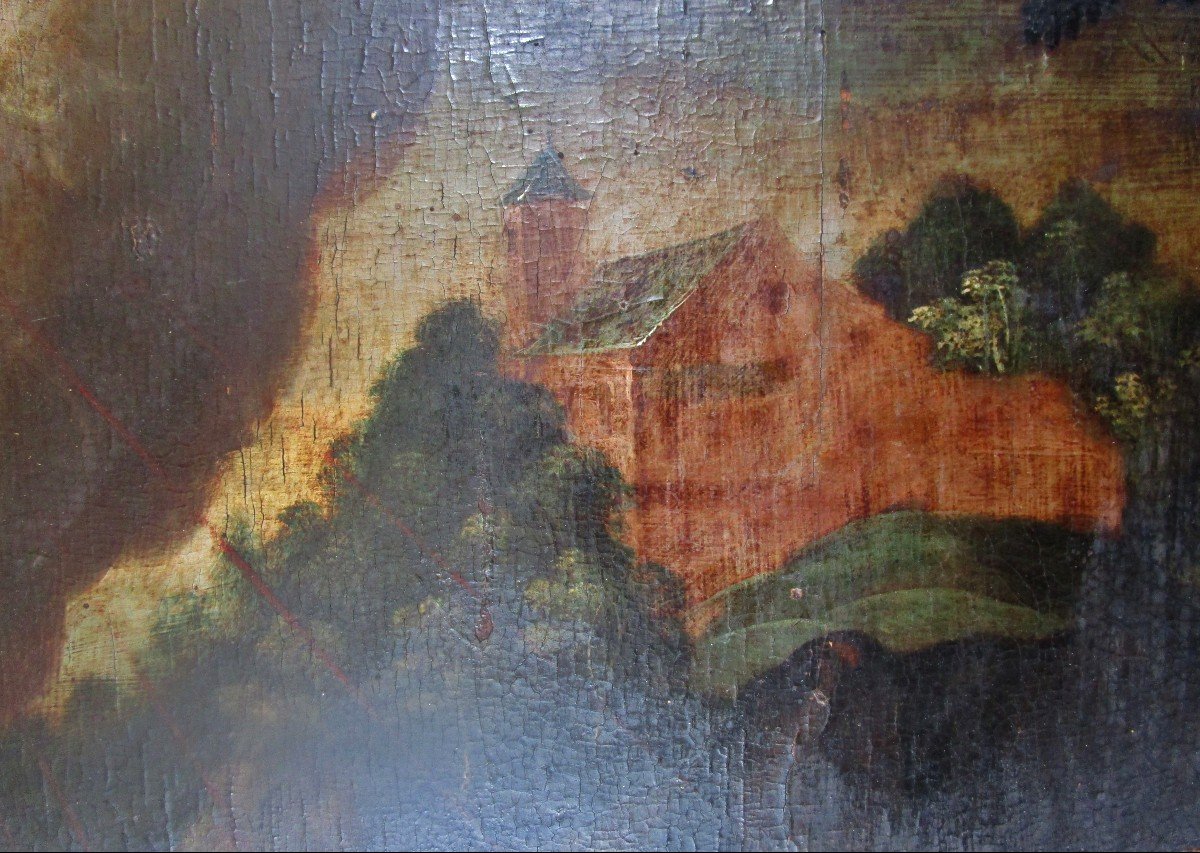
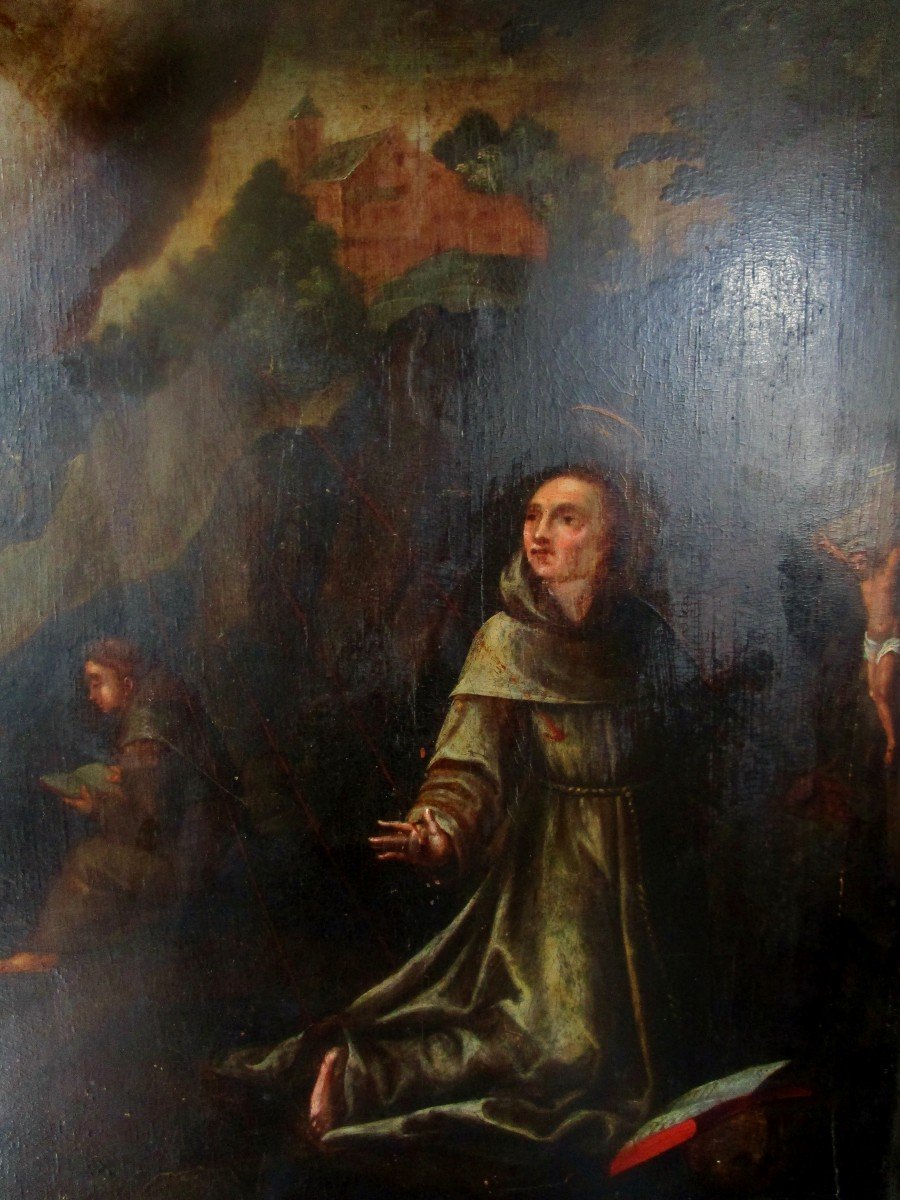
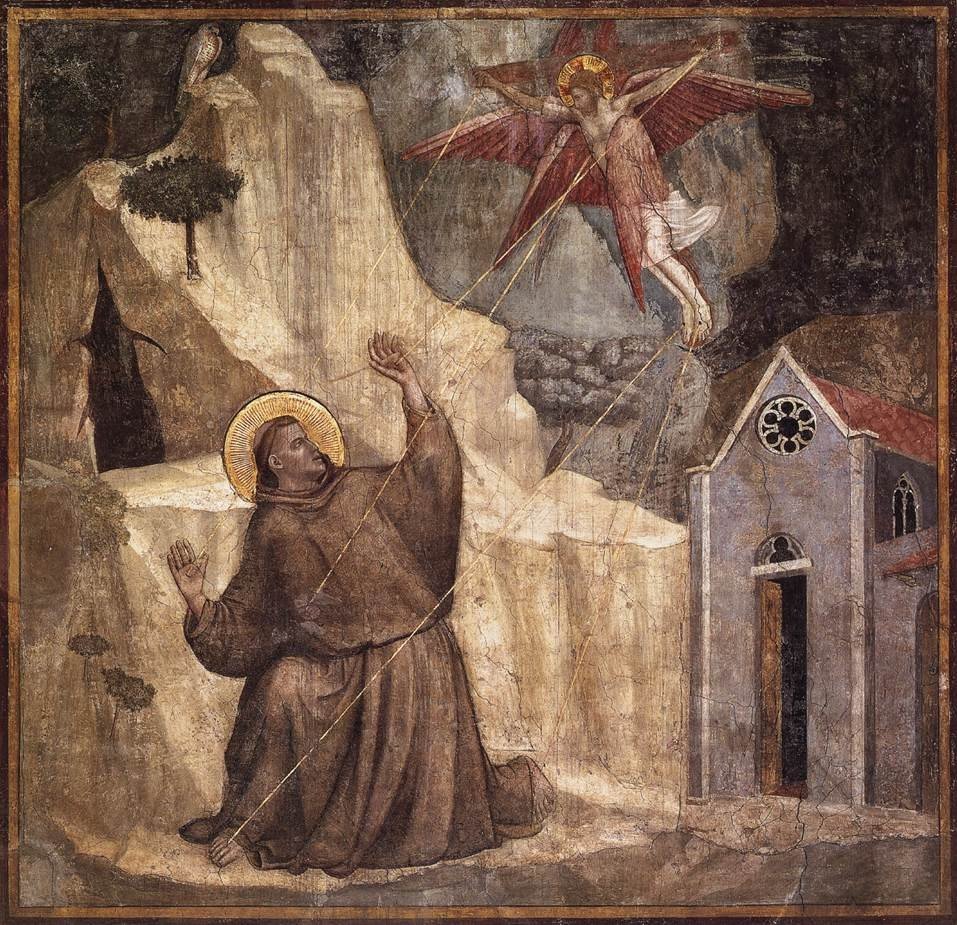















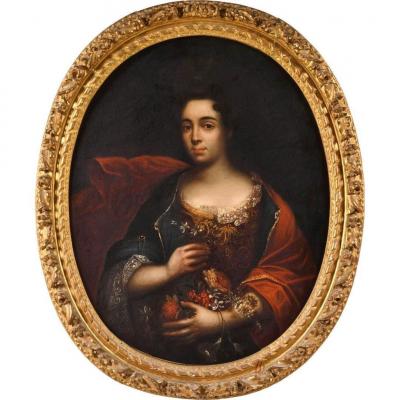



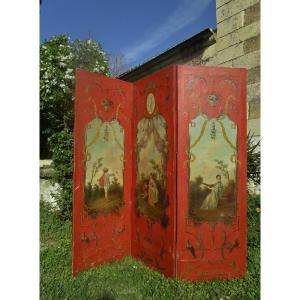




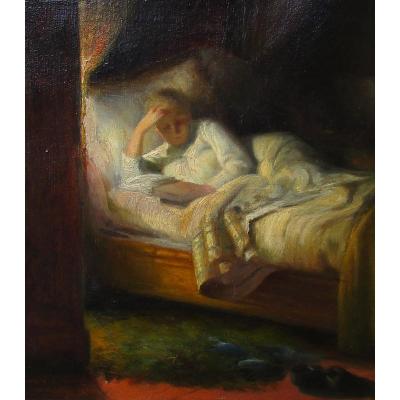




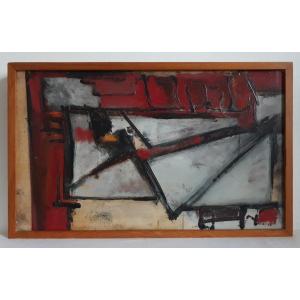
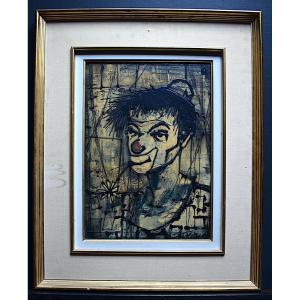
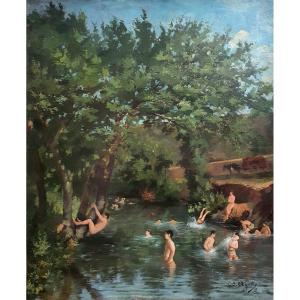
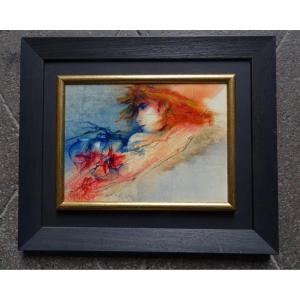



 Le Magazine de PROANTIC
Le Magazine de PROANTIC TRÉSORS Magazine
TRÉSORS Magazine Rivista Artiquariato
Rivista Artiquariato